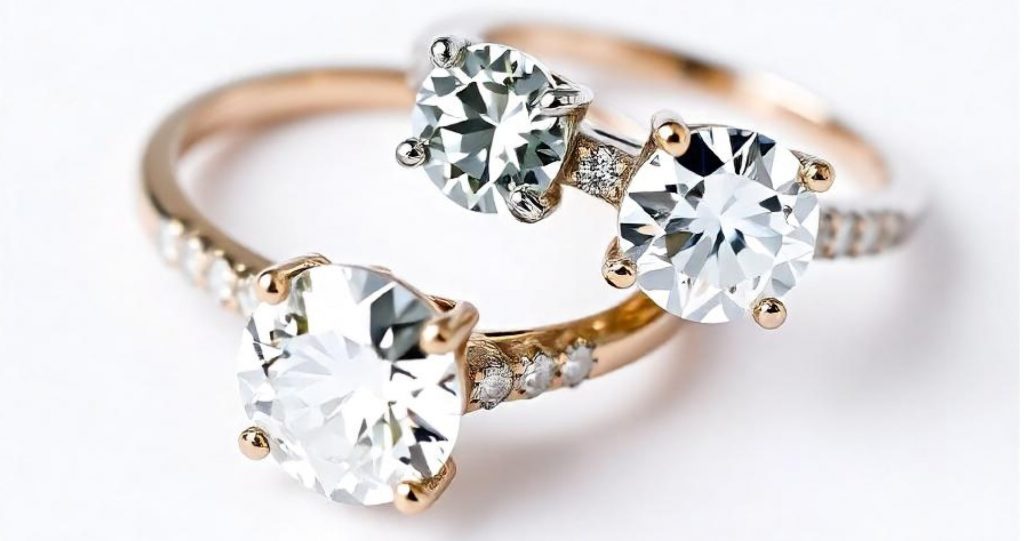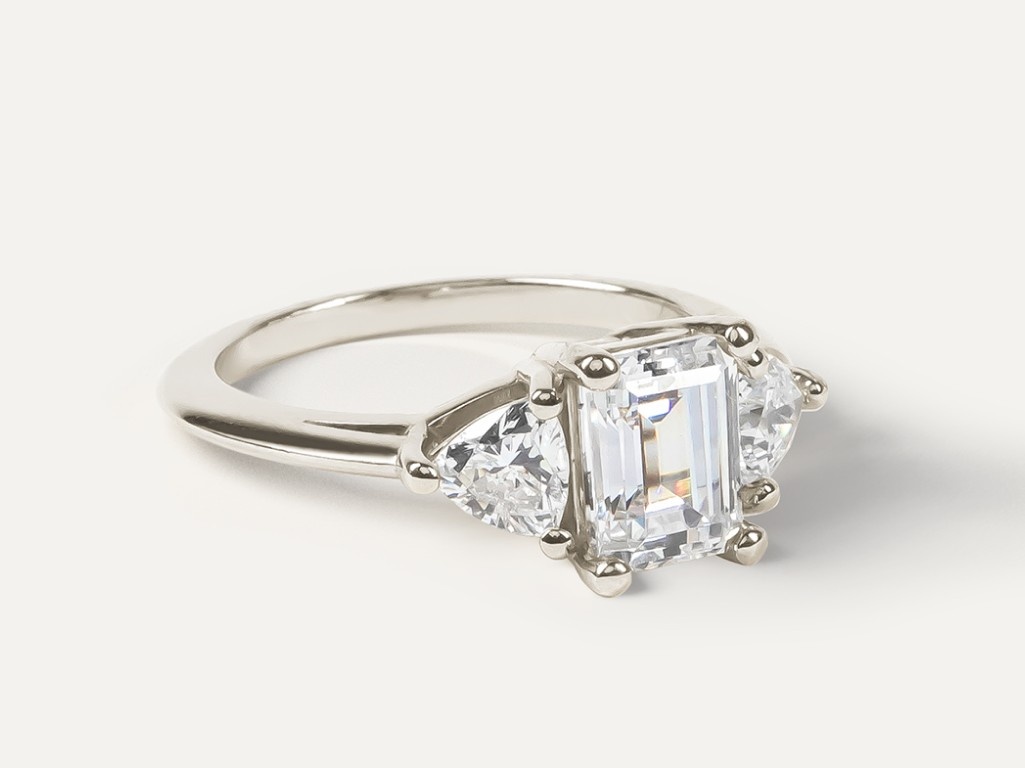Have you ever wondered where the name Diamond Engagement Ring came from? We get that question a lot, and it has to do with the beginning of wedding rings themselves.
Believe it or not, our story begins in the year 1215. It was the year the Catholic Church—Pope Innocent III to be exact—created The Fourth Council of the Lateran. This council was responsible for creating many of the common practices lead by the Church to this day, some of which include sacrament and marriage.
Altogether, the council created Canons 1-70—marriage and the exchanging of rings being outlined in Canons 50-52. These Canons were the first and only documentation by the Catholic Church that described the exchanging of rings as symbolism for marriage, and it paved the way for the entire wedding jewelry industry.
While the creation of marriage and wedding bands and rings themselves are still an important part of their history, so much has changed since the year 1215. We are honoured to uphold the traditions of such a loving sacrament while staying dedicated to growth through technological advancement.
Never has there been as exciting of a time for man made diamonds and gemstones than now. The diamond industry has been evolving for decades, but only now are we beginning to see real change. Consumers are waking up to the fact that we can no longer ignore our planet and the people who live on it. But only when the last stone is forced out of the ground will this fight be over.
In order to fully understand how the diamond ring industry has changed, you first need to know these important myths.

Myths About the History of Engagement Rings
Myth #1: Mined diamonds are rare.
If you haven’t heard already, there are a few monopolies that control the mined diamond industry. That means they also control the price of mined diamonds. So, how do they get the most bang for their buck out of a stone that they have unlimited quantities of? They lie, of course. Diamonds have never been rare—especially now that we can create them in labs for almost half the cost without any compromise to their composition or appearance.
Myth #2: An engagement ring should cost three months’ salary.
We’re sorry to inform you, but you’ve been duped. This myth was the result of a clever ad campaign created by ad agency N.W. Ayer and diamond monopoly De Beers. The slogan “A Diamond is Forever” was coined, and the rest is history. You certainly shouldn’t have to spend that much money to prove your love. Man made diamonds are up to 40% less than mined diamonds, meaning you can forget the outdated salary rule.
Myth #3: Lab diamonds aren’t real diamonds.
While it’s great that man made diamonds are becoming the new norm, there are a lot of misconceptions that come with the new territory. Let’s take a step back and consider what diamonds are and how diamonds are formed?. Diamonds are made almost exclusively of carbon under conditions of extreme temperature and pressure—whether they come from the ground or the lab. So both are exactly the same in every way. The difference between the two comes down to origin and price.

Myth #4: Diamonds are indestructible.
While diamonds are the hardest substance on Earth, they aren’t indestructible. They rank a 10 on the Mohs scale of hardness above all other gemstones, but that doesn’t mean they can withstand anything. Even diamonds can chip and scratch, so it’s important you take care of them properly to ensure they last a lifetime and longer.
Myth #5: Engagement rings are only for women.
Engagement rings are worn equally to symbolize love and as a form of self-expression. So why does gender have anything to do with it? The only thing that matters is that the ring means something to the wearer—whether that be related to style or relationship status. More and more men are opting to wear engagement rings, including minimalist engagement ring designs that offer a sleek and modern look. and we say go for it!

Myth #6: Your ring finger contains a vein that connects to the heart.
Many people wonder why it’s customary to wear your wedding band on the fourth finger of the left hand. The reason dates back to betrothal rings in ancient times. It was believed that your ring finger contained a vein that connected to your heart, making it the perfect finger to wear ring as symbolism of your love. While this has since been proven incorrect, it is still a tradition most couples choose to continue.
Myth #7: Archduke Maximilian of Austria was the first to propose with a ring.
While it’s hard to know for certain where the tradition originated precisely, some believe Archduke Maximilian was the first to propose with a diamond ring in 1477. As we stated earlier, the exchanging of wedding rings dates back much further, way back to the 1200s. But the difference is that Archduke Maximilian was proof of the first diamond ring to be exchanged, as compared to the simple wedding band that was conceived by the Church in 1215. So while he may have been the first to propose with a diamond engagement ring, the tradition of a ring worn as a symbol of love was created long before then.
The Future of Engagement Rings
As we move forward, we’re excited to see the evolution of the diamond industry. With lab-grown diamonds becoming increasingly popular, we’re committed to providing sustainable and eco-friendly options for our customers. Whether you’re looking for a traditional diamond or a luxury diamond rings , we’re here to help you find the perfect engagement ring.











Leave a Comment